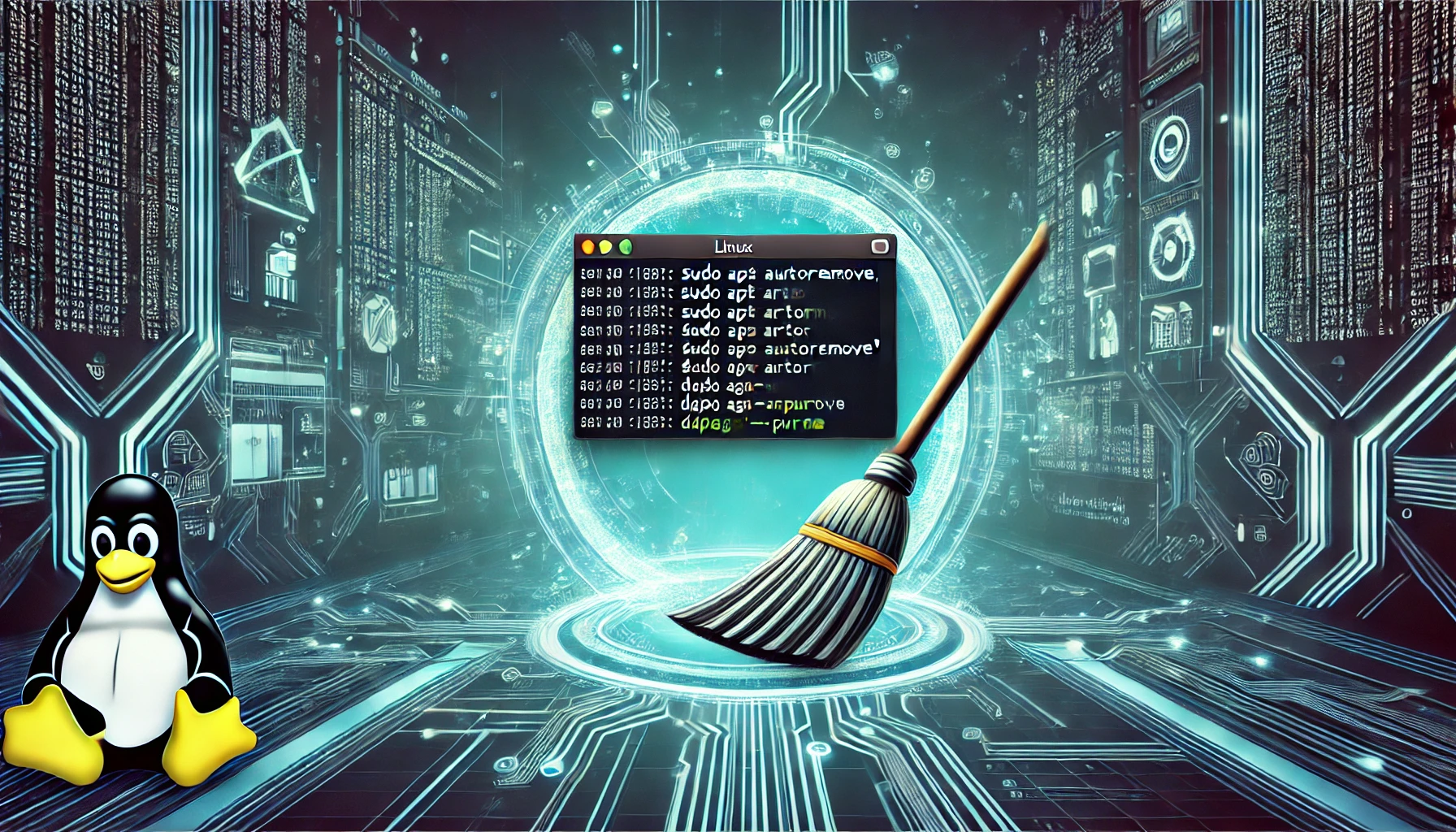Linux Mint (or any Linux distro, really) doesn’t have a one-click “factory reset” button like your smartphone, but that doesn’t mean you’re stuck with a bloated system forever. If your LTS install is getting sluggish or cluttered with unused apps and dependencies, you can reclaim space and speed without reinstalling from scratch.
Here’s how to ditch that metric shit-tonne of cruft and get your system feeling fresh again.
Step 1: See What’s Installed
First, let’s take inventory. To list all explicitly installed packages (the ones you or an installer requested, not just dependencies), run:
dpkg --get-selections | grep -v deinstall
For a more readable list:
apt list --installed
It’ll be a long list, but this helps you spot packages you don’t recognize or need anymore.
Step 2: Nuke Unused Dependencies
Over time, you’ve installed stuff that pulled in dependencies you don’t need anymore. To clean them up:
sudo apt autoremove
This removes orphaned packages left behind after uninstalling software. It’s safe—no critical system files will be removed.
Step 3: Purge Leftover Configurations
Even after uninstalling apps, their config files often linger. To zap those too, first find them:
dpkg -l | grep '^rc'
Packages marked with rc are “removed but config files remain.” To purge them all in one go:
sudo dpkg --purge $(dpkg -l | grep '^rc' | awk '{print $2}')
This cleans up system clutter and ensures you don’t carry over old settings if you reinstall an app later.
Step 4: Mass Uninstall (Aggressive Cleanup)
If you’re serious about clearing space, you’ll need to manually decide what stays and what goes. There’s no magic “delete everything I don’t use” command, but here’s a good workflow:
- List installed apps:
apt list --installed > installed.txtThis saves all installed packages into a file. - Edit the list: Open
installed.txtin a text editor and remove lines for software you want to keep (like core system files, browsers, etc.). - Uninstall in bulk: Feed the edited list back to
apt:sudo apt remove $(cat installed.txt)Add--purgeif you want to remove their configs too.
This takes some effort but ensures you only remove what you truly don’t need.
Step 5: GUI Option (For Those Who Hate the Terminal)
If the terminal isn’t your thing, Linux Mint’s Software Manager (or Synaptic, if installed) can help:
- Open Software Manager
- Filter by “Installed”
- Start unchecking what you don’t want
It’s slower than using commands, but if you prefer a graphical interface, this is a solid approach.
Step 6: The “Nuclear” Option (Fresh Start Without Losing Data)
If your system is too far gone, the closest thing to a factory reset is reinstalling Linux Mint while keeping your personal files.
- Back up your
/homedirectory (documents, settings, etc.). - Reinstall Linux Mint from a USB (choose the option to keep personal files).
- Restore
/homeand reconfigure your apps as needed.
This takes a couple of hours but guarantees a clean system while preserving your important stuff.
Bonus: Free Up Space
After uninstalling apps, don’t forget to clean the package cache:
sudo apt clean
This clears out old .deb package files, potentially freeing up several gigabytes.
Final Thoughts
There’s no single “reset” button in Linux Mint, but with autoremove, purging configs, and a targeted app removal spree, you can get your system feeling brand new.
If you’re dealing with hundreds or even thousands of unnecessary packages, the decision boils down to manual cleanup vs. a fresh install. Either way, with these steps, your Linux Mint setup will be leaner, faster, and much less cluttered.
